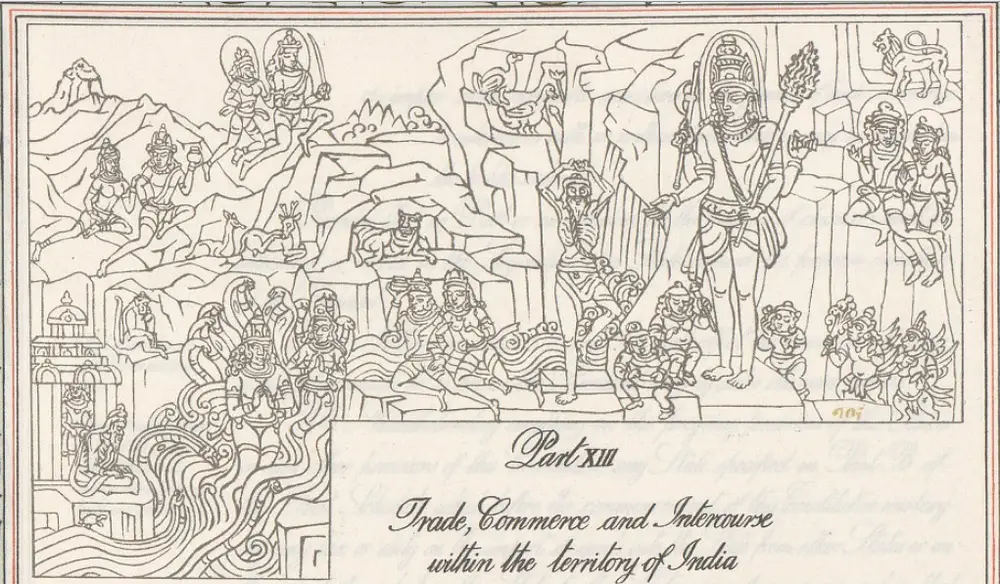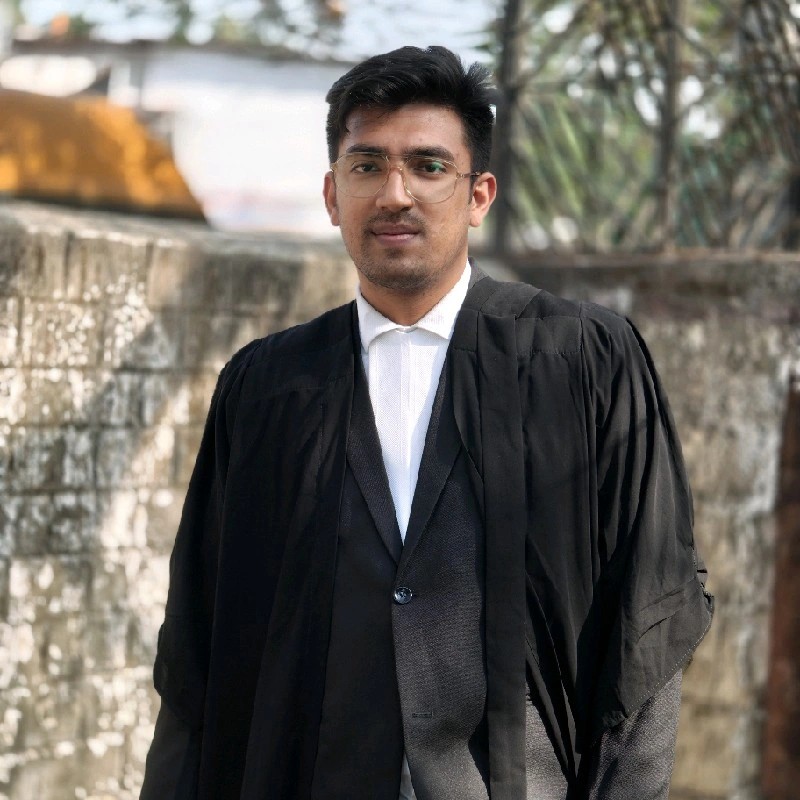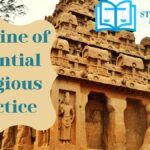The Constitution of India is the supreme law of the land. It is that holy book that even the parliament cannot break. This document lays down the fundamental framework within which the administration of the courts is relied upon. It mentions the rights, liabilities, and duties of its people towards the country and its government and vice versa.
The Indian Constitution is said to be the longest written constitution of the world. It is a document that promotes constitutional supremacy instead of Parliamentary supremacy within the country. The Constitution supersedes the Parliament of India in many aspects. It is by a precedent in Kesavananda Bharati vs Union of India that the basic features of the constitution cannot be altered asserting the supremacy of the constitution.
The Constitution of India was adopted by its people with the declaration ‘‘WE, THE PEOPLE OF INDIA, having solemnly resolved to constitute India into a…’ and it is not something that was imposed on its people. We shall discuss the history in a bit.
Table of Contents
Introduction to the Constitution
The constitution is a supreme law of the land and nothing supersedes it. This document was adopted on the 26th day of November 1949 by the Constituent assembly by replacing the existing Government of India Act, 1935 as India’s fundamental governing code. After the adoption, the dominion of India was named the Republic of India. It is due to this reason 26th January is referred to as the Republic Day.
The objective resolution later came to be known as the preamble which declared India to be a Sovereign Democratic Republic country. The words SOCIALIST SECULAR were later added by the 42nd Constitutional Amendment.

History
It all started on the 10th August 1928 when a memorandum for appeal was made for a new dominion through the Nehru Report.
Even after three years from Independence i,e from 1947 to 1950 the country was under the colonial rule and the queen was still responsible for the external security of the country. The rules of the British government still applied while Sardar Patel and V.P Menon were busy convincing the princely states to join the dominion of India.
It was finally on the 26th November 1950 when the constitution was adapted, it repealed the Indian Independence Act, 1947 and the Government of India Act, 1935, the country ceased to be the dominion of the British crown.
The constitution of India was adapted from a number of sources. The Indian independence Act, Government of India Act, and a few others dated back to the Pre-constitution period. In addition to that Dr. B.R Ambedkar who is also known to be the father of the Indian constitution is said to have analysed the constitutions of over 60 countries.
Timeline of the Constitution of India
6 December 1946 : The Constituent Assembly was Formed
9 December 1946: The First ever meeting of the constituent Assembly was held.
11 December 1946: The meeting appointed Dr. Rajendra Prasad as its President. H. C. Mukherjee as its vice-chairman and B. N. Rau as constitutional legal adviser.
13 December 1946: The preamble was presented by Dr. Jawaharlal Nehru. It was then called the Objective resolution.
22 January 1947: The Objective Resolution was adopted with a unanimous vote.
22 July 1947: The National flat was adopted on this day.
15 August 1947: India attained Independence. The partition happened. India and Pakistan Split into two different countries.
29 August 1947: The drafting committee was setup and it selected Dr. B. R Ambedkar as its chaiman.
26 November 1949: The Constitution of India was passed by the Constituent Assembly on this day.
24 January 1950: On this day, the last ever meeting of the Constituent assembly was held.
26 January 1950: The Constituent of India came into force taking a total of over 11 months and around 6.4 Million as expenses.
Preamble to the Constitution of India
Preamble usually means an introduction to a document but it is a debatable topic if the preamble to the constitution of India is a Introduction to the constitution or if its a vision as to what the constitution seeks to achieve.
WE, THE PEOPLE OF INDIA, having solemnly resolved to constitute India into a SOVEREIGN SOCIALIST SECULAR DEMOCRATIC REPUBLIC and to secure to all its citizens
Preamble, Constitution of India, 1950
JUSTICE, social, economic and political;
LIBERTY of thought, expression, belief, faith and worship;
EQUALITY of status and of opportunity;
and to promote among them all FRATERNITY
assuring the dignity of the individual and the unity and integrity of the Nation;
IN OUR CONSTITUENT ASSEMBLY this 26th day of November 1949, do HEREBY ADOPT, ENACT AND GIVE TO OURSELVES THIS CONSTITUTION.
In my opinion, the preamble is an overview of the constitution which introduces us to the nature of the constitution that we are about to read since its at the beginning of the document. The sort of language that is used in the preamble instigates a sense of pride among the people of the country. It would not be correct to term it as a vision since the constitutional articles are a vision in itself.
These articles were written very specifically so as to achieve the respective visions mentioned therein.
Now, here’s a very debate from the Constituent assembly that tells us how each of the words used in the Constitution were carefully selected.
On reading the debates of the constituent assembly we will come across this member who sought to include ‘In the name of God’ in the preamble. Although not many agreed to this suggestion probably because it would be unfortunate to put ‘God’ on the vote.
One of the members of the assembly believed that the inclusion of ‘God’ would amount to ‘compulsion of faith’ and violate the fundamental right to freedom of faith. The Assembly in this case was divided with 41 voting in favour and 68 voting against it.
Constituent Assembly

The process of making the constitution can be directly accredited to the Constituent assembly. Since it was a body that created several committees such as the Advisory Committee on Fundamental Rights and Minority Rights, Union Powers Committee, Union Constitution Committee, Provincial Constitution Committee. The workings of these committees were translated into reports and were later discussed and debated in the constituent assembly which then was compiled by the Constitutional Adviser, B.N Rau, which then went to the drafting committee as a Draft Constitution for its recommendations.
On 29th August 1947, the Constituent Assembly through a resolution appointed a Drafting Committee and elected Dr. B.R Ambedkar as its chairman to
“..scrutinise the draft of the text of the Constitution of India prepared by Constitutional Adviser, giving effect to the decisions already taken in the Assembly and including all matters which are ancillary thereto or which have to be provided in such a Constitution, and to submit to the Assembly for consideration the text of the draft constitution as revised by the committee”
What did we do with the Pre-constitution laws?
Laws that existed during the British province would still continue to be applied to the Indian territory unless repealed or unless they conflict with the established principles of the Constitution such as the Fundamental rights guaranteed under part III.
Article 13 states that, “Laws inconsistent with or in derogation of the fundamental rights. (1) All laws in force in the territory of India immediately before the commencement of this Constitution, in so far as they are inconsistent with the provisions of this Part(fundamental rights), shall, to the extent of such inconsistency, be void.”
What does the constitution say about the Administration of the country?
India runs on sort of a decentralized framework i.e the functioning is divided into three heads or organs so as to not concentrate powers in any one hand.
- The Legislative which is the parliament primarily makes laws.
- The Executive for which the President of India is the head makes sure that the laws are applied i.e executed.
- The Judiciary which is the courts that Interpret laws and protects the constitution.
Federal or Unitary?
This has already been discussed on another post: Indian Federalism and Centre-state relations.
Primarily, it is a Federal Structure with some unitary features.
Constitution Vs. Parliament?
We have seen a lot of controversies and face-offs in the recent past but the Supreme Court as the Night’s Watch ( Game of thrones Reference) of the Constitution has reiterated several times through its judgments that the Constitution is and always will be superior. Here’s a blog for a better understanding: Constitutional Law and Administrative Law
Some Facts about the Constitution
The original document was signed in two languages: English and Hindi both of which are kept in a helium filed case in the library of the Parliament of India.
Dr. Rajendra Prasad, the first President of India was the first one to sign the document while Feroze Gandhi, the president of the Constituent Assembly was the last signatory.
The constitution of India is not a printed document but a priceless piece of art handcrafted by the artists of Shantiniketan, West Bengal. Each of the pages of the Constitution was decorated by the calligraphy texts done by Prem Behari Narain Raizada in Delhi under the guidance of Acharya Nandalal Bose.


The first draft itself had 2000 Amendments. Each of the debates that happened in the constituent assembly has been recorded and is now available at CADINDIA WEBSITE.
“The CAD India website, set up in 2016, is a digital archive and database of Indian constitutional history with human-tagged original documents, that explains and illuminates the relevance of this history to our contemporary lives.”
(more information to be updated)
FAQ
Who is the father of the Indian Constitution?
DR. Bhim Rao Ambedkar (B. R Ambedkar) is widely known as the father of the Indian Constitution.
Who was the constitutional Advisor?
Benegal Narsing Rau (B.N Rao) was the constitutional advisor who played a key role in drafting the Constitution of India.
Is the constitution of India rigid or flexible?
Rigidity may refer to something that is difficult to change and flexibility as something that can easily be changed. As the precedents state, the basic structures of the constitution cannot be altered so as to change the very nature of the constitution. However, in recent times many articles have been struck down or altered by the supreme court or the parliament such as decriminalization of section 377 or Article 370 relating to Kashmir.
So, its really depends on the topic rather than the constitution as a whole.
Is the Constitution of India secular?
The term ‘secular’ was added to the Constitution with the 42nd Constitutional Amendment however, the secular features in the constitution were ingrained from the very beginning. The Constituent Assembly debates also tell us that Secularism is one of the core features of the Indian Constitution.
How many amendments does the constitution of India have?
As of 2020, there have been 104 amendments of the Constitution of India since it was first enacted on the 26th of November 1950 by the people of India.
Disclaimer
This article has been written after studying various source on the Internet including Wikipedia, News Articles, Archives and a very brief overview has been taken from the debates of the Constituent Assembly. Any recommendations/ additional Information are welcomed in the comments.

Passionate about using the law to make a difference in people’s lives. An Advocate by profession.




